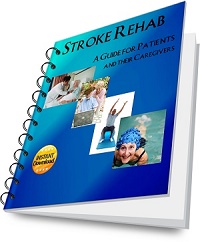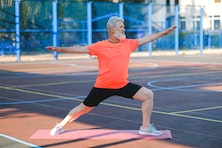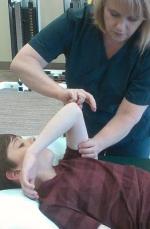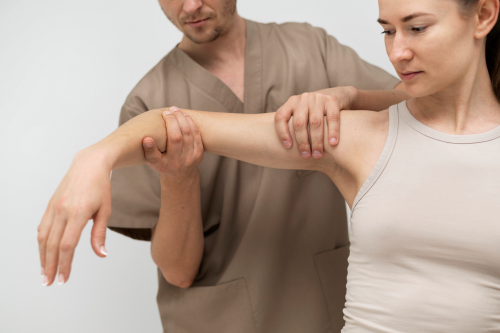Constraint Induced Movement Therapy
Medically reviewed by Karen Murray, OT, CHT, CSRS - written by Stroke-rehab.com
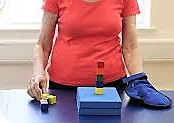
Constraint Induced Movement Therapy (CI) involves limiting the movement of the strong side and “forcing” the weaker side to attempt activities. The underlying principle of CIMT is to encourage the use of the weak limb and avoid learned non-use phenomenon, where individuals tend to rely heavily on their unaffected or stronger limb. CIMT aims to stimulate neural reorganization and facilitate functional recovery. By restricting the use of the unaffected limb, the brain is encouraged to rewire itself and form new neural connections, leading to improvements in motor control and functionality in the affected limb.
CIMT has been shown to be effective in improving upper limb function in various conditions, such as stroke, cerebral palsy, and traumatic brain injuries. It has gained popularity due to its focus on task-specific training and the positive neuroplastic changes it can induce in the brain.
Some of the original studies using this treatments had patients restrain their unaffected arms for 90% of waking hours (this can be done via a sling, mitt, or other restraining device) and had patients use their affected arm for 6 hours a day over a period of two weeks for daily activities. There is a modified version of the technique that has patients use the affected arm for 3 hours a day over a longer period of time.
The non-affected arm is usually restrained from three to six hours a day and the patient attempts to use the affected arm during this time. If the stroke patient can tolerate restraint of the stronger arm for 6 hours a day, then CI therapy is usually prescribed for 2 weeks. If the patient cannot tolerate six hours, restraint time is sometimes reduced to three hours a day but attempted over a longer period of time (e.g. a month or six weeks).
Constraint Induced Movement Therapy Process
The typical process of CIMT involves the following steps:
Evaluation: A thorough assessment is conducted to determine the individual's specific motor impairments, functional limitations, and overall eligibility for CIMT.
Constraint: The unaffected limb is placed in a sling or splint, which restricts its movement. This forces the individual to use the affected limb more frequently and with increased effort.
Repetitive Task Practice: The person participates in various activities or exercises that focus on the use of the affected limb. These tasks are often challenging but tailored to the individual's abilities.
Shaping: The therapist may gradually increase the complexity and difficulty of the tasks to promote continuous improvement.
Transfer Package: Strategies and techniques are taught to the individual to help transfer the gains made during therapy into real-life situations.
Constraint Induced Movement Therapy Activity Ideas
It may be hard for the stroke patient to think of tasks that can be done with the weaker arm, but there are many daily activities than can be used to incorporate the affected side. Some ideas for tasks to try with the weak arm include:
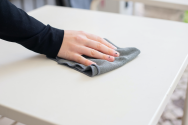 Dusting |
 Turn faucet on or off |
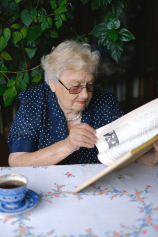 Turn pages in a book |
 Move, scoot or slide objects |
 Wash your face |
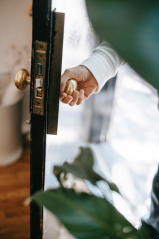 Turn a door knob |
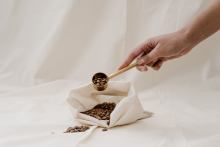 Scoop beans |
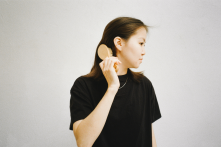 Brush Hair |
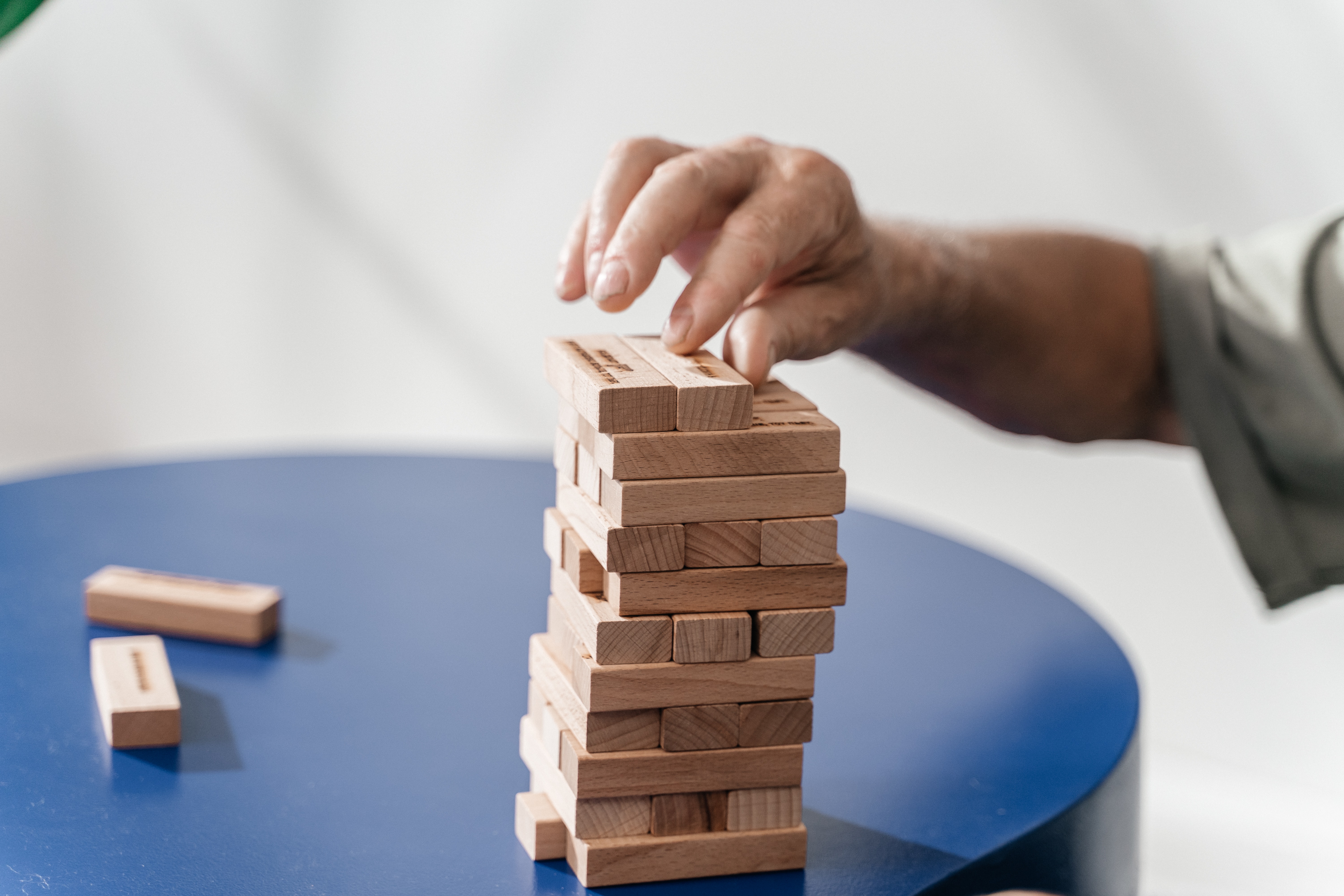 Pick up objects |
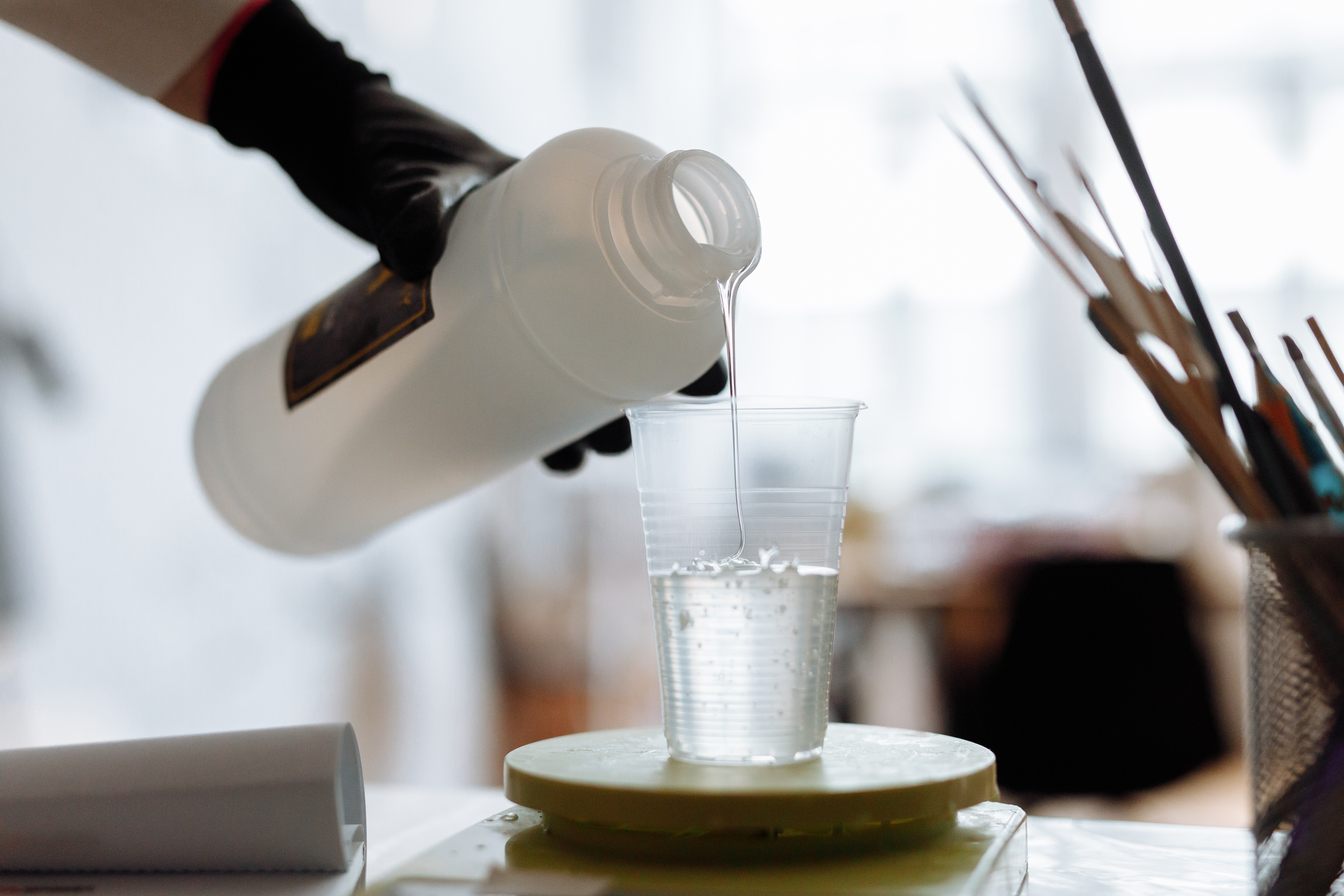 Pour liquids back and forth |
 Draw or Write |
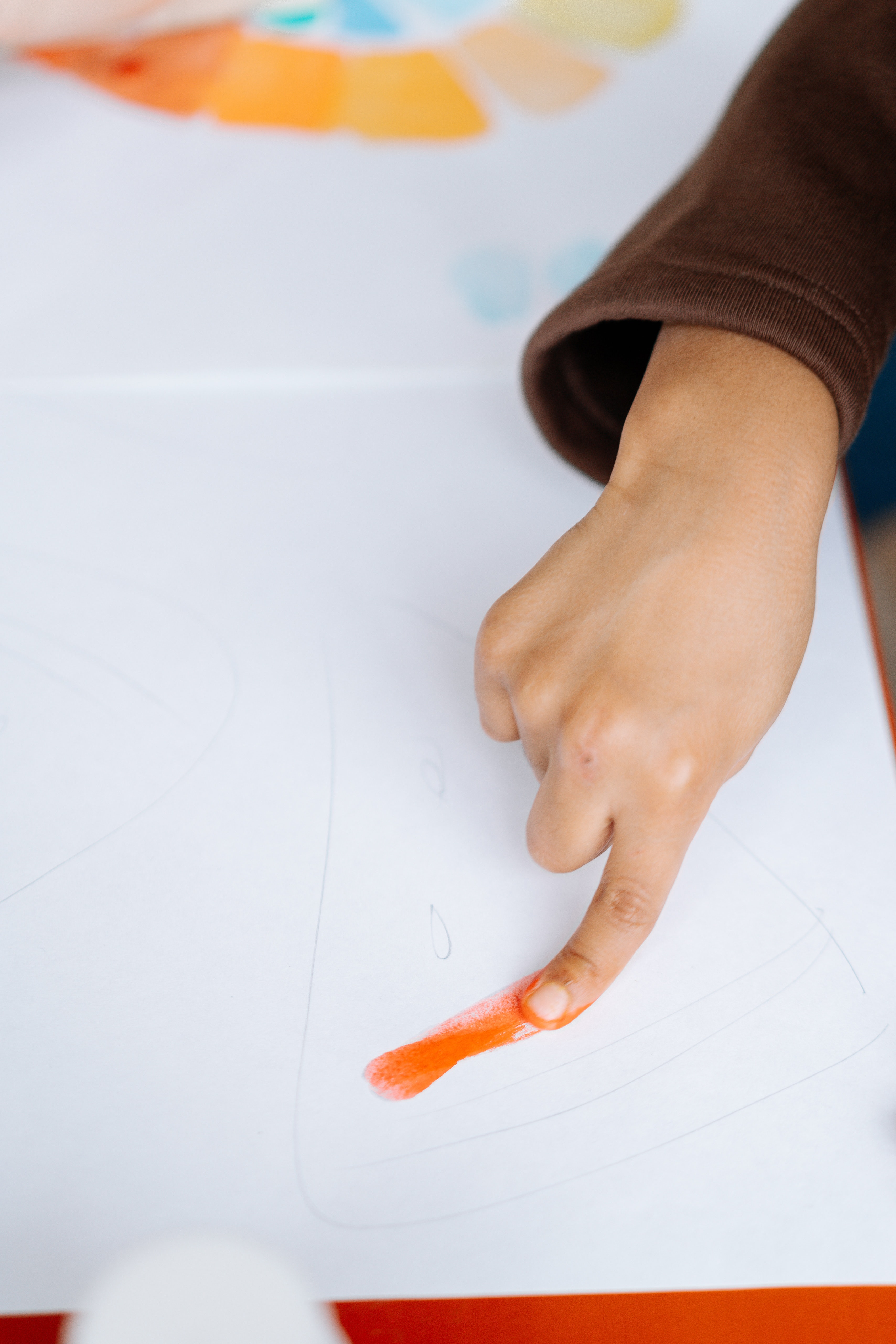 Finger Paint or Paint |
 Pet your cat or dog |
 Hit a balloon |
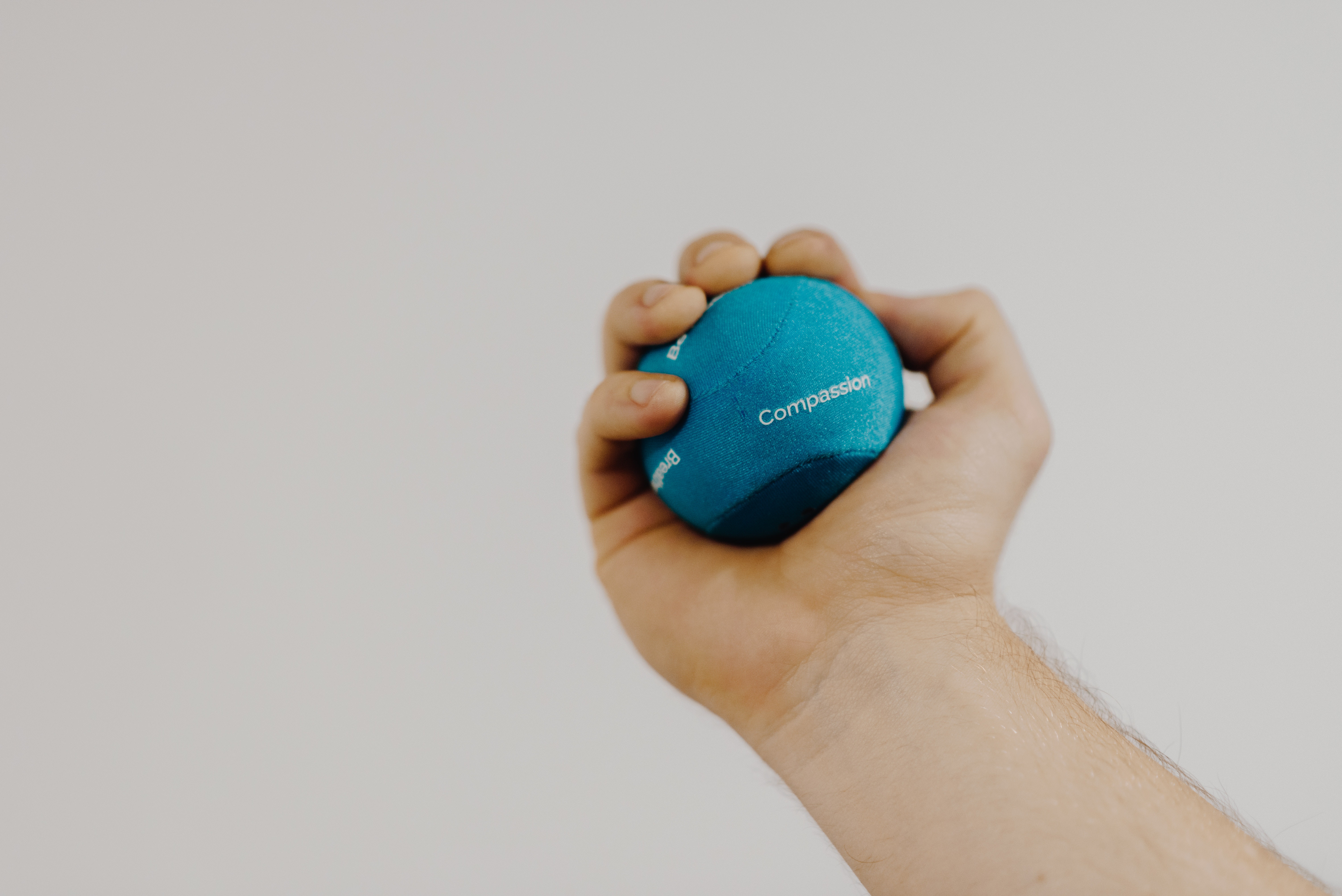 Squeeze a ball |
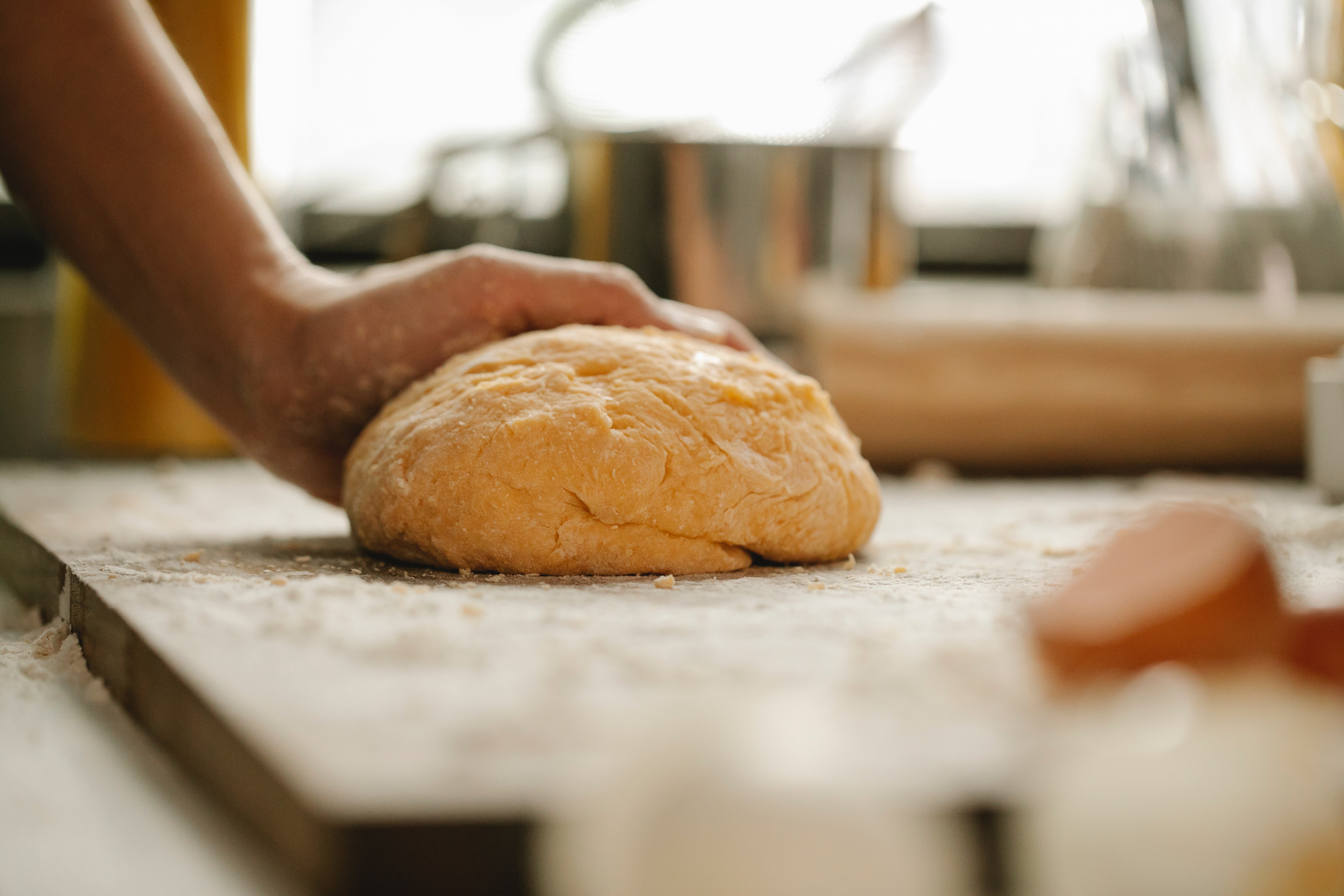 Knead Dough |
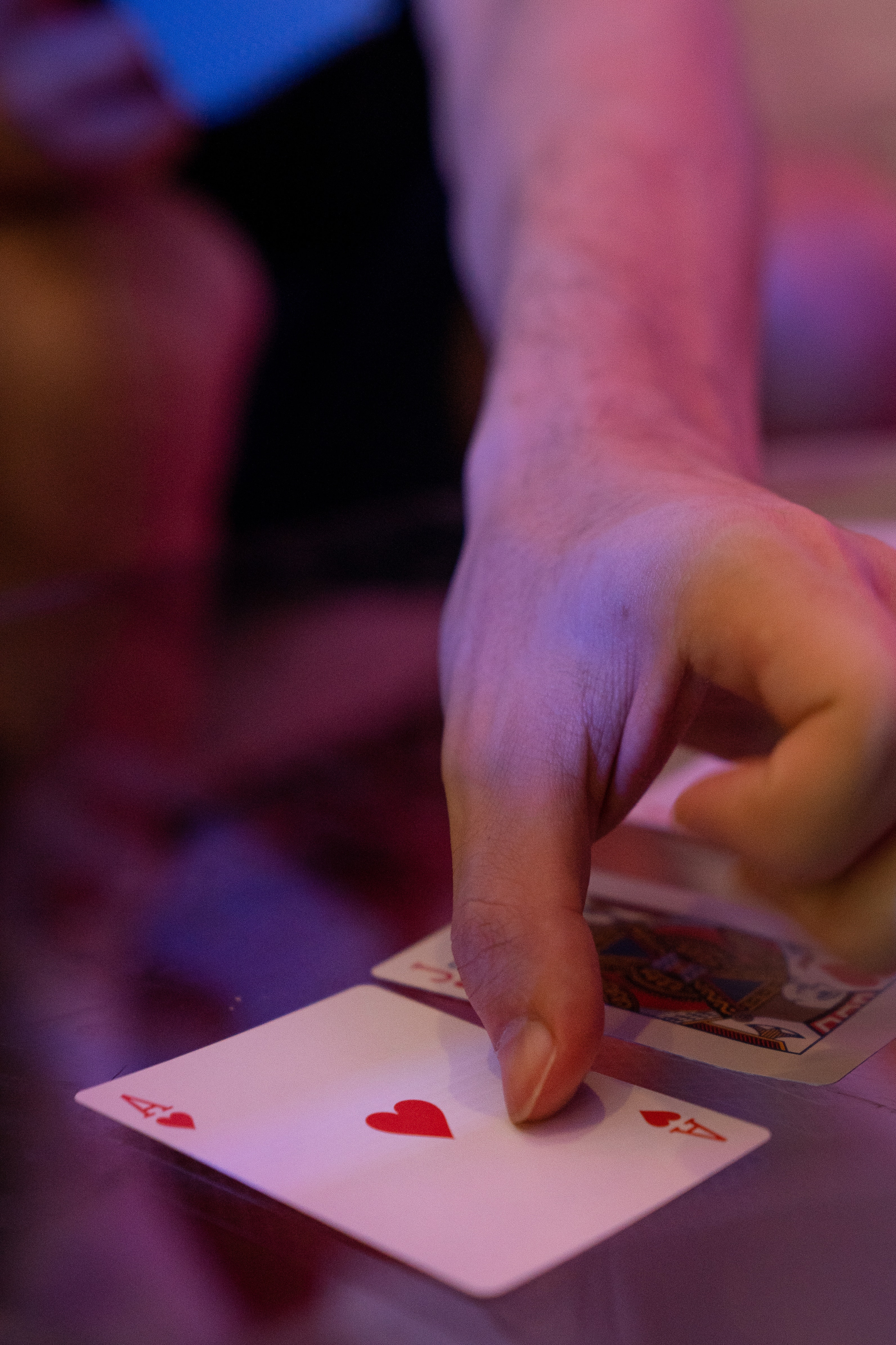 Turn Cards Over |
 Push keys on a piano or keyboard |
Some other ideas for tasks to try with the weak arm include:
- Flip a light switch
- Flush the toilet
- Pinch clothespins
- Roll a ball
- Play with putty
- Place bean bags or other objects on a target
- Try to push up from sit to stand with the weak arm
- Play an app on a cell phone or tablet
- Carry a light bucket or briefcase by the handle
- Eat finger foods
- Play games, use pegboards, or other activities requiring arm/hand use
- Plant seeds or participate in gardening tasks
- Play a musical instrument such as a drum, xylophone, or tambourine
- Participate in food preparation or cooking tasks such as stirring, pouring from containers, assembling a sandwich or fruit plate
CI therapy is hard work and may not be right for everyone, but a good concept to take from it is that you must use the affected arm if you want to see improvement. I can’t tell you how many stroke patients I see that never attempt to use their weak arm except during a one hour therapy session two to three times a week. This is not enough to help improve functional return in the arm or to make neuroplastic changes in the brain. Even if you do not try CI therapy, it is a good idea to attempt activities like those above on a daily basis with the weak arm. For more information regarding Constraint Induced Movement Therapy, one can visit Strokengine.ca.
Newsletter Sign Up
Receive Stroke Recovery Tips, our online quarterly newsletter. Sign up below for free tips on exercises, resources, latest technology, apps, research and more!
To view past issues of Stroke Recovery Tips, visit https://www.stroke-rehab.com/Stroke-Recovery-Tips-BackIssues.html
As an Amazon Associate I earn from qualifying purchases.
- Home
- Guide to Exercises
- Constraint Induced Therapy
Recent Articles
-
How to Make Neuroplasticity Repeatable On Demand
Submission from reader: Neuroplasticity is widely touted as a way for stroke survivors to recover. To make it repeatable on demand, what exact signal is -
Only Plays Internet Games and Nothing Else Three Years Post Stroke
Question: I know playing games for up to 8 hours on the internet is not healthy for anyone. Does anyone know how sitting all day long playing games on -
Sadness After Stroke
I Get Sad Question:I get so sad at times like I lost the old me, I was very active and now I’m not, I’ve had a complete meltdown and just sobbed. Answer: -
More damage done to paralyzed left arm as a result of carelessness.
Question: My husband suffered a stroke which caused his entire left side with no feeling or movement. Recently, my husband possibly could have been turned -
Shouting, Confusion, and Anger After Stroke
Question from reader: My mom had a stroke about a month ago. Physically she is improving, but she has bouts of anger, confusion (says weird things), and -
Cloudy vision after stroke
Question: My mother had a stroke 1 yr ago. It caused partial loss of vision on her right side. During a 4 day road trip, her vision would get cloudy and -
Flaccid Paralysis After Stroke
Learn about stroke treatment for flaccid paralysis after stroke. -
Vision Problems After Stroke
Answers to patients' questions about vision problems after stroke and treatment. -
Symptoms Getting Worse After Stroke
If you experience sudden declines or changes after stroke, you should seek medical attention. -
Flaccid Paralysis Treatment After Stroke: Questions and Answers
Answers to questions about flaccid paralysis treatment after stroke including home exercises and treatment ideas.
